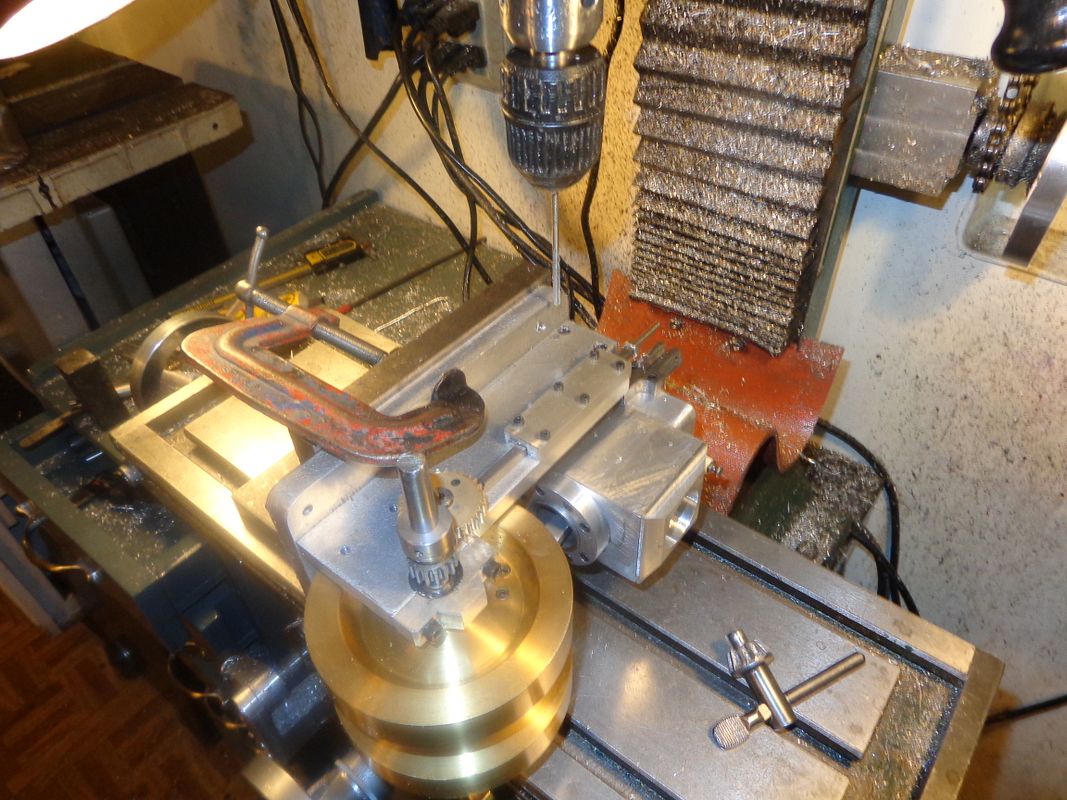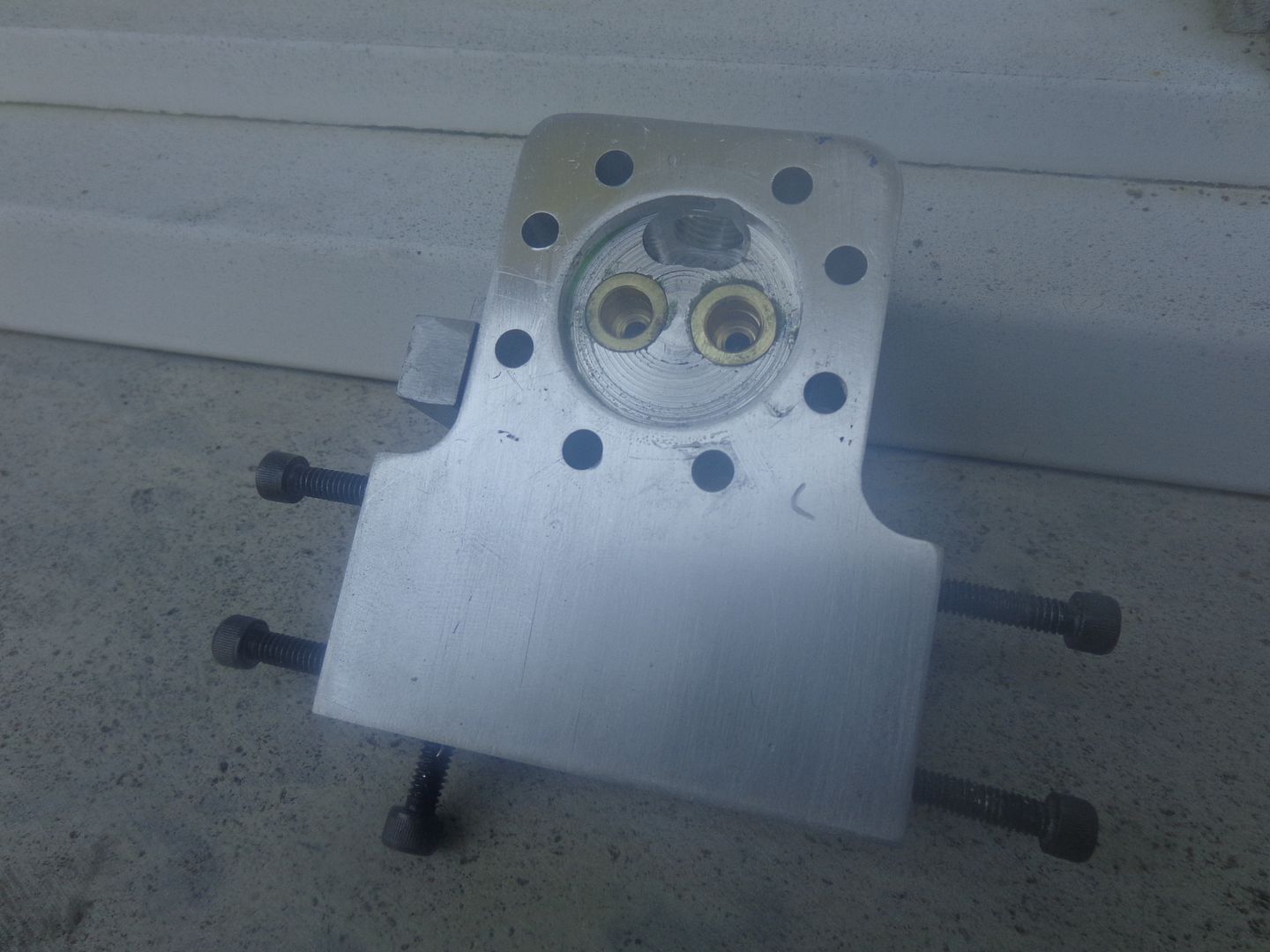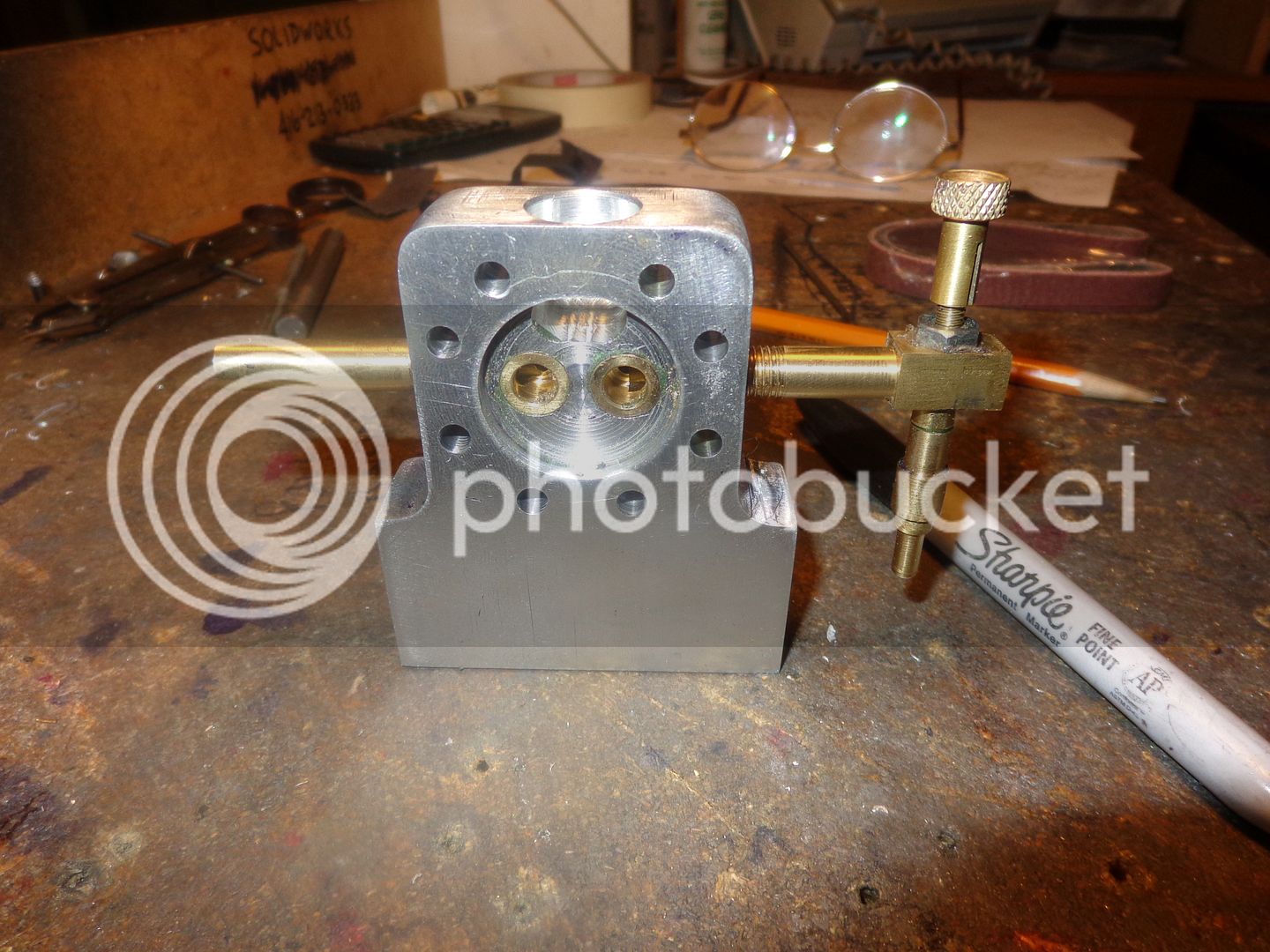Brian, would you please be so kind as to post a PDF of the points cam. Thank you;
Greg
Its up there now Greg. Sorry--I missed it.---Brian

Brian, would you please be so kind as to post a PDF of the points cam. Thank you;
Greg
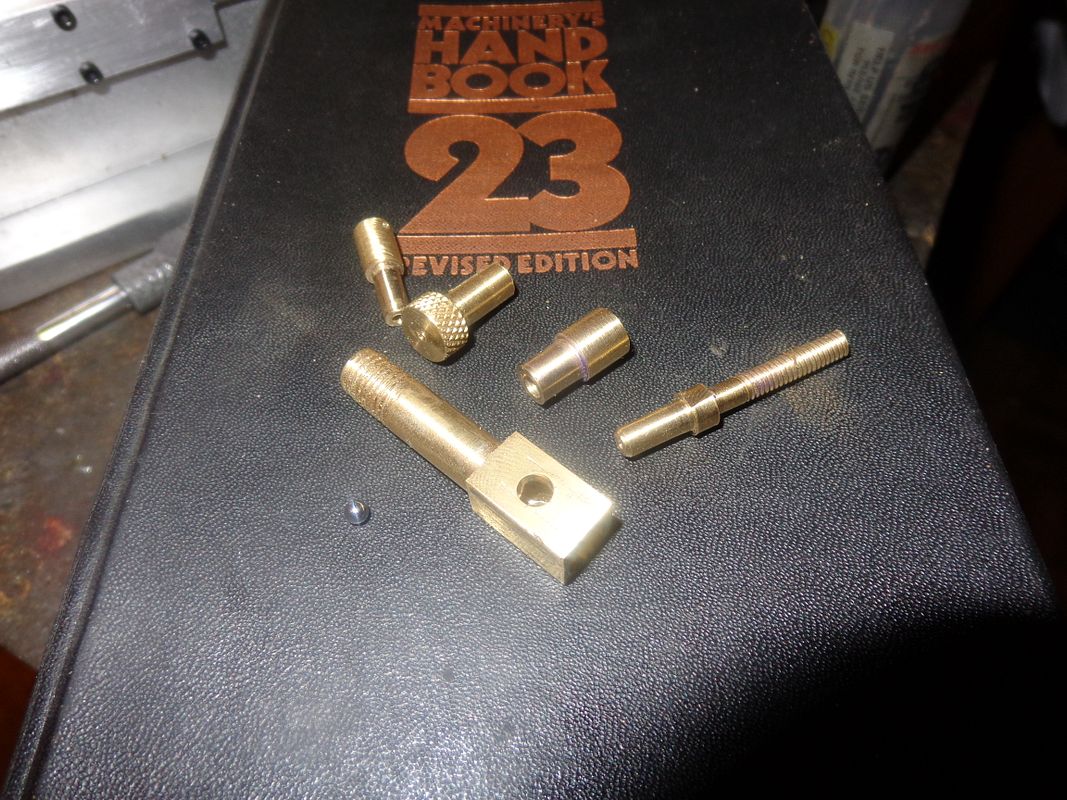
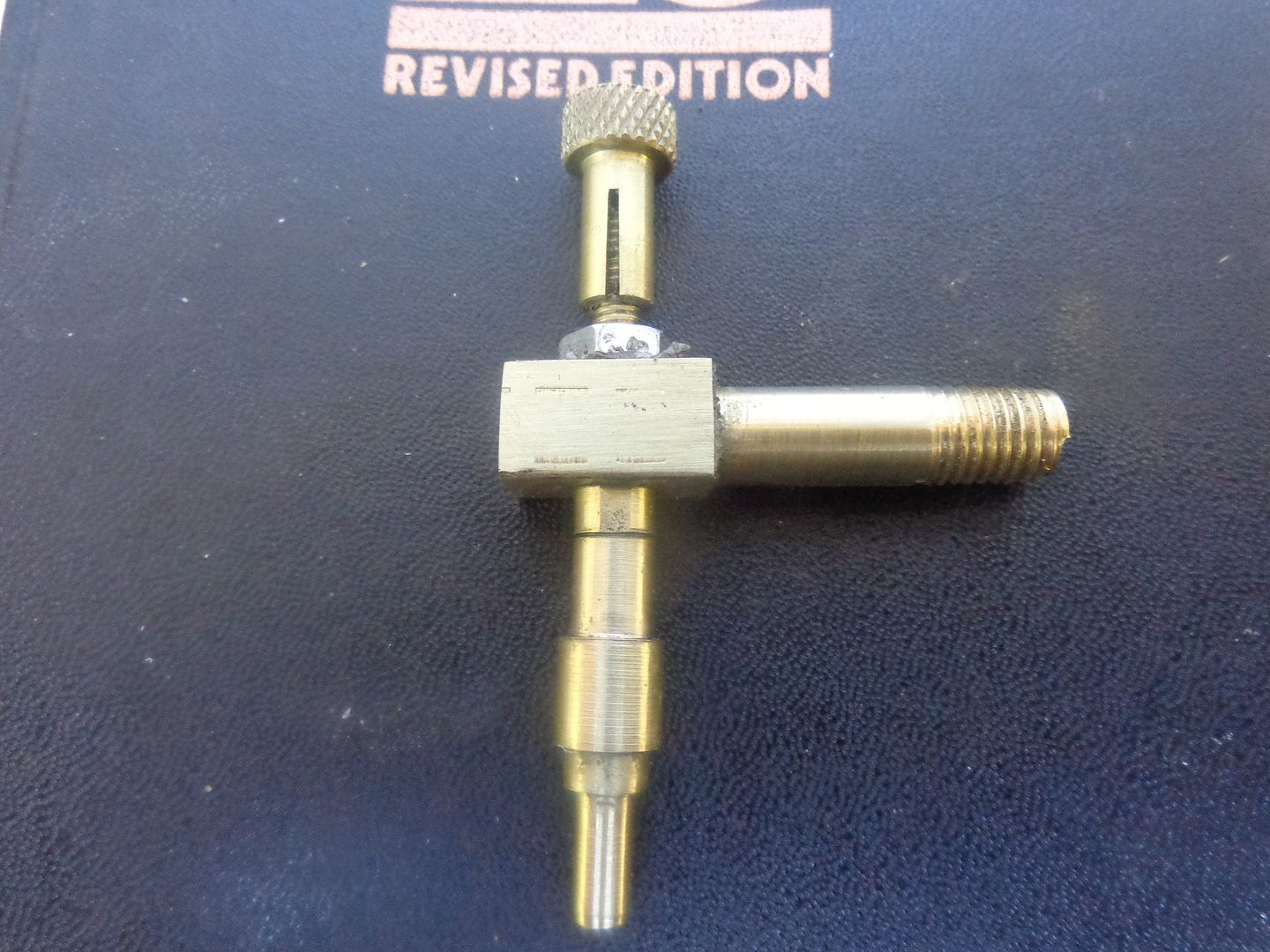
Why not a tiny oringThis is the carburetor fully assembled, with the anti-flow back valve in place. Yikes!! I don't think there is anything left to do but valves.That gooberish looking stuff around the hex nut is a little "seal all" that gets applied to either side of the carb body before the jet is tightened into place.

. I think I paid $5 or $10 for the piece of cast to make the cylinder.--Certainly not more than that.[/QUOTE said:I was quoted 68.00 this morning, and sure enough the bearing were
not stock at Busy Bee:fan:







![DreamPlan Home Design and Landscaping Software Free for Windows [PC Download]](https://m.media-amazon.com/images/I/51kvZH2dVLL._SL500_.jpg)


The next thing to build is the valves and cages, however there is one extremely important step that I must perform before that. Remember all of those undersized dowel holes that were drilled in many of the plates, but not in the mating surface that bolted up to it. Now is the time. Right now, with everything seemingly in perfect alignment, and the engine turning over freely, and all the fasteners tightened down. I will use those undersize holes as "guide holes" and drill and ream thru them for 1/8" dowels that go into both plates. Why???---Because without the dowels, I might never get this engine back into such perfect alignment again. I have built other engines to this stage, and then disassembled them without doweling them first. There is enough "tolerance/clearance" on all of the bolt holes that the engine becomes a total pig when reassembled, with binds popping up in places that ran perfectly free before the engine was taken apart.---Brian
